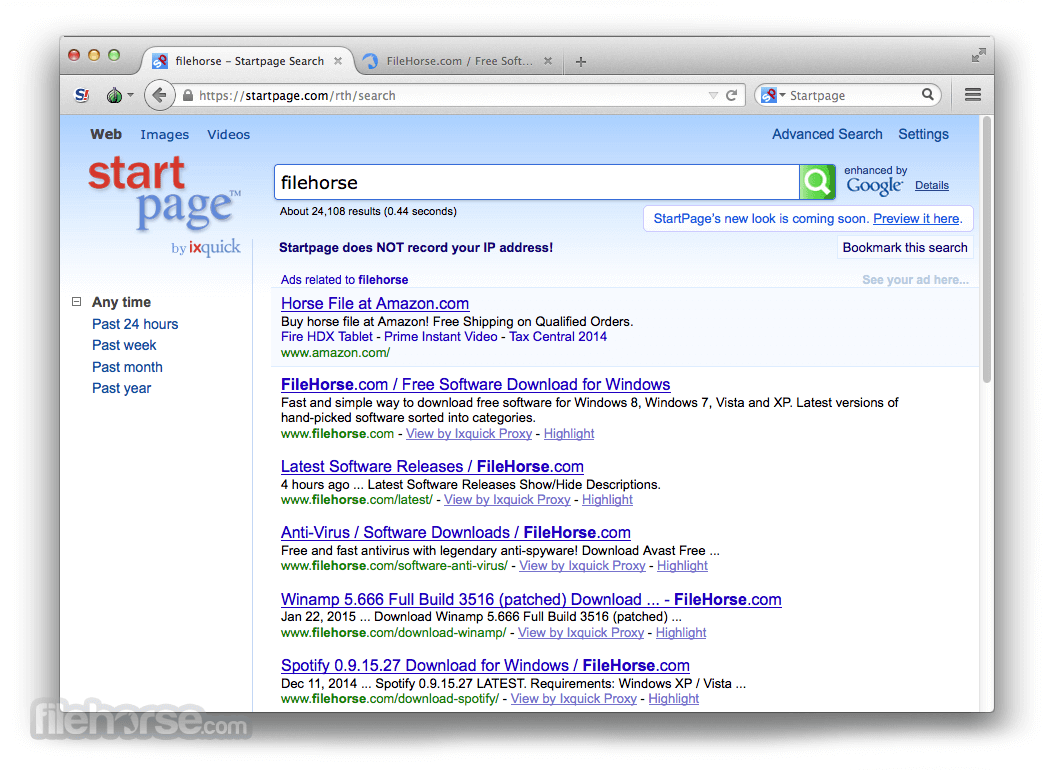
- #Flash player on tor browser mac how to#
- #Flash player on tor browser mac movie#
- #Flash player on tor browser mac windows#
The most sophisticated payloads encrypt files, with many using strong encryption to encrypt the victim's files in such a way that only the malware author has the needed decryption key.
#Flash player on tor browser mac windows#
Some payloads consist simply of an application designed to lock or restrict the system until payment is made, typically by setting the Windows Shell to itself, or even modifying the master boot record and/or partition table to prevent the operating system from booting until it is repaired. Payloads may display a fake warning purportedly by an entity such as a law enforcement agency, falsely claiming that the system has been used for illegal activities, contains content such as pornography and "pirated" media.

The program then runs a payload, which locks the system in some fashion, or claims to lock the system but does not (e.g., a scareware program). Ransomware attacks are typically carried out using a Trojan, entering a system through, for example, a malicious attachment, embedded link in a Phishing email, or a vulnerability in a network service. At no point is the attacker's private key exposed to victims and the victim need only send a very small ciphertext (the encrypted symmetric-cipher key) to the attacker. The symmetric key is randomly generated and will not assist other victims. The victim deciphers the encrypted data with the needed symmetric key thereby completing the cryptovirology attack.
#Flash player on tor browser mac how to#
It puts up a message to the user that includes the asymmetric ciphertext and how to pay the ransom. It zeroizes the symmetric key and the original plaintext data to prevent recovery. This is known as hybrid encryption and it results in a small asymmetric ciphertext as well as the symmetric ciphertext of the victim's data. It uses the public key in the malware to encrypt the symmetric key.
#Flash player on tor browser mac movie#
It is called cryptoviral extortion and it was inspired by the fictional facehugger in the movie Alien.

The concept of file-encrypting ransomware was invented and implemented by Young and Yung at Columbia University and was presented at the 1996 IEEE Security & Privacy conference.

However, one high-profile example, the WannaCry worm, traveled automatically between computers without user interaction. Ransomware attacks are typically carried out using a Trojan disguised as a legitimate file that the user is tricked into downloading or opening when it arrives as an email attachment. In a properly implemented cryptoviral extortion attack, recovering the files without the decryption key is an intractable problem – and difficult to trace digital currencies such as paysafecard or Bitcoin and other cryptocurrencies are used for the ransoms, making tracing and prosecuting the perpetrators difficult. It encrypts the victim's files, making them inaccessible, and demands a ransom payment to decrypt them. While some simple ransomware may lock the system without damaging any files, more advanced malware uses a technique called cryptoviral extortion. The victim's personal data or perpetually block access to it unless a ransom is paid. Ransomware is a type of malware from cryptovirology that threatens to publish


 0 kommentar(er)
0 kommentar(er)
